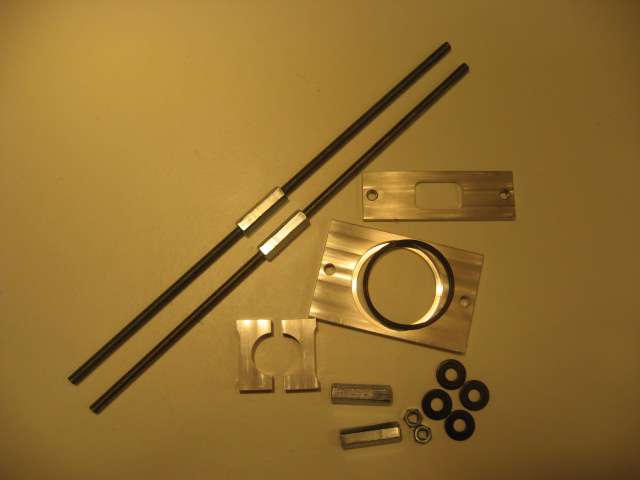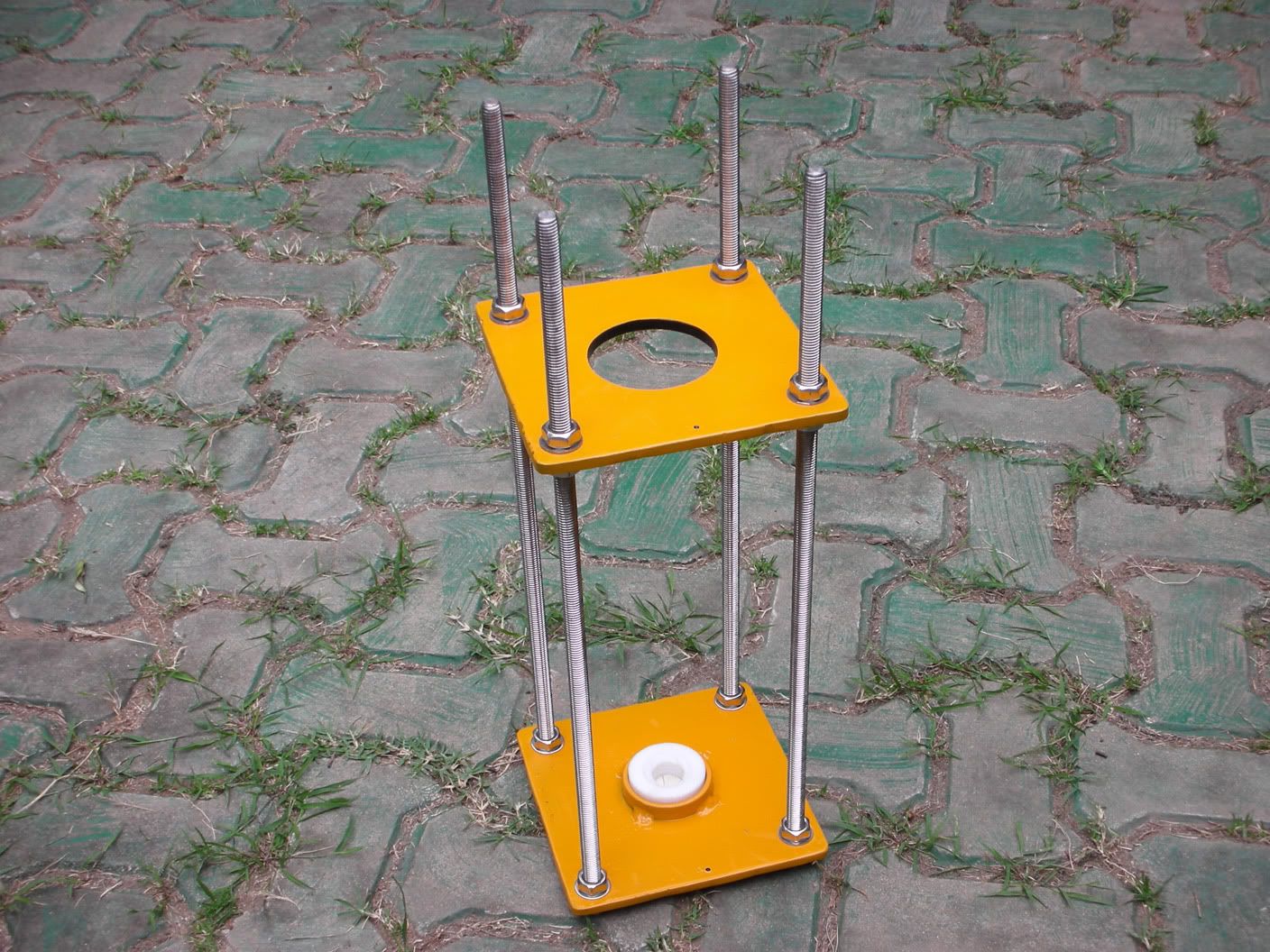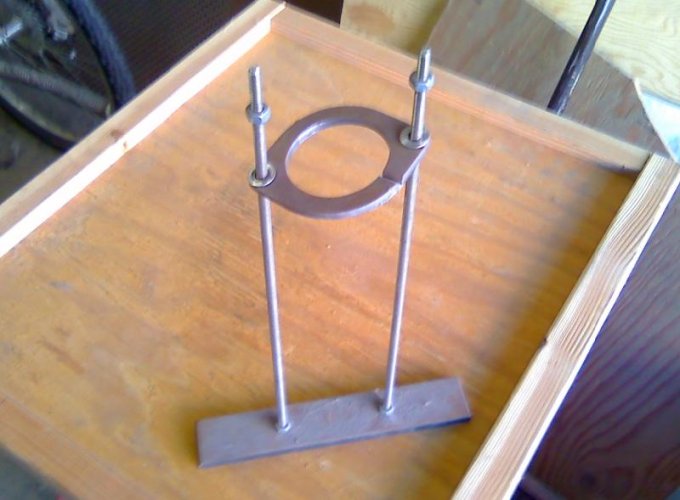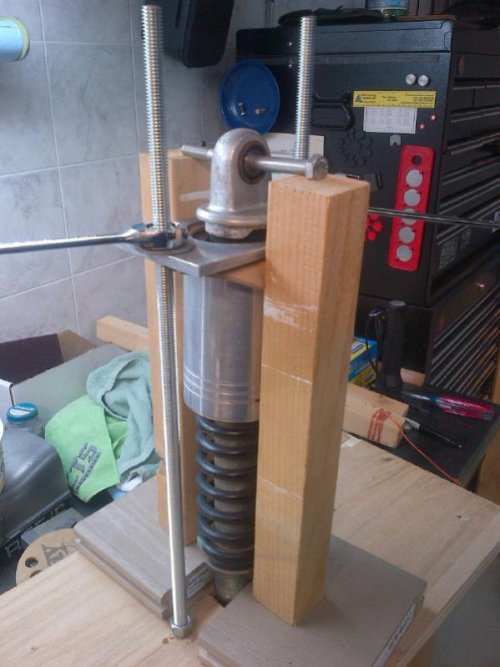pandry1
New member
I'm replacing the leaking shocks on my 1974 R75/6. I purchased a second hand set of non-leaking, stock shocks from eBay that do not have sleeves. Does anyone have instructions or advice on how to disassemble / reassemble these shocks? I would like to install the sleeves on the replacements. From the diagram, it looks like the top unscrews, however I hesitate grabbing the piston with vice grips - yikes! Also - does one need a spring compressor? Any advice would be appreciated. Thanks!






